Why I Picked It Up: Because how cute is that little taco truck?? I have a soft spot for anthropomorphized vehicles (blame it on my first born’s reading preferences), and this one was too cute to pass up.
Why I Finished It: It definitely surprised me! Food trucks are so popular now, so I was curious as to how the authors would make a story about this little taco truck. After working on our session about using picture books and other literature in social studies this summer, I now see just about every book as a social studies book (thanks Jessica!), and I could see a few different ways to use this one. The simple message about making room for everybody is great for helping kids learn and understand empathy in a really accessible way. I usually have a “once a day” rule for reading picture books out loud to the kids, but we did read this one several times for a few days. We loved the characterization of the different trucks and it was a really fun book to read aloud!
Who I Would Give It To: Great read-aloud probably starting in Kinder, but upper elementary teachers can use it for social studies and character development.
Integration Ideas
Theme
The theme of this story is to include others to make a positive impact on the world. When there wasn’t room for him, the other trucks made space so that they would all be happy and work together. Have students explore the question: How can I collaborate and share with others? This question should be applied to their home, school, playground, etc. With younger students, it would be great to continually ask them this question whenever an issue arises. Remind them of the taco truck.
Character – Description
Each truck has a distinct personality in this book. This makes it really fun to read out loud! But it also creates an opportunity to practice using descriptive adjectives. We can infer character based on the picture of the truck and the truck’s dialogue. Before you read the story, pick one of the trucks and project the picture of that truck on the board. Have students brainstorm words they might use to describe that truck using either a traditional or online thesaurus. Then, after reading the story and hearing how the truck behaved and spoke, go back to your list of words to see if there are others you could add!
This also leads into the next section on social studies because the personalities of the truck also represent stereotypical characteristics of their country or region of origin.
Social Studies – Culture and Geography
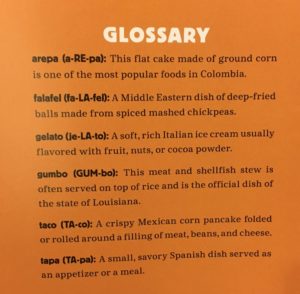
Food is a very important part of many cultures, and each food truck has a very distinct type of food from a different part of the world. The truck itself is very representative of the cuisine, down the names of the trucks. There is a glossary in the back in case you aren’t familiar with the types of food that are mentioned! Assign groups of students to research the different types of food mentioned and the regions associated with them. Why is that cuisine popular in that region (think about climate, soil conditions, altitude, etc. – human and physical characteristics of place)? What else would be served in that region? Then have students design a sample menu for that food truck (don’t forget currency!). Canva has great menu templates students could use to easily create a professional-looking product. You could take it all the way to having students bring samples of food and having an international food day!
Many menus will include the backstory of the restaurant or other information about the food or area it comes from. On their menus, have the students include a map to show the location of the country, and summarize what they learned about the food – maybe why it’s popular in that area, how it is important to a specific celebration in the culture, how it is made, etc.
Social Studies – Economics
Little Taco Truck feels quite threatened when other trucks move into “his spot.” On the surface, his feelings are hurt because he feels like the other trucks have taken over his turf, but supply and demand are clearly at work here as well. Use this opportunity to point out the economic implications of this situation. Little Taco Truck has a monopoly on the food supply for the workers on Union Street. But then what happened? Is it good or bad? What happens when more businesses converge on one area? You can lead the discussion in several different directions – competition, consumer behavior, choice, etc.



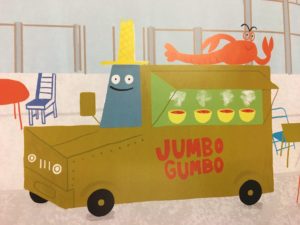


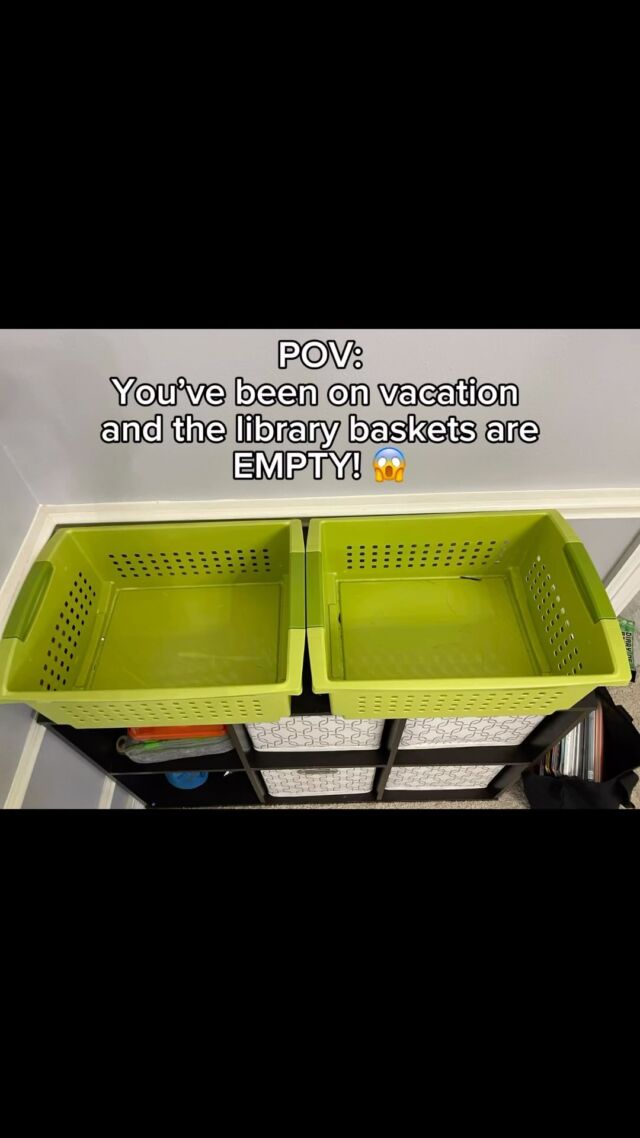

 Building Bridges: Creating a Text Set on Frie
Building Bridges: Creating a Text Set on Frie
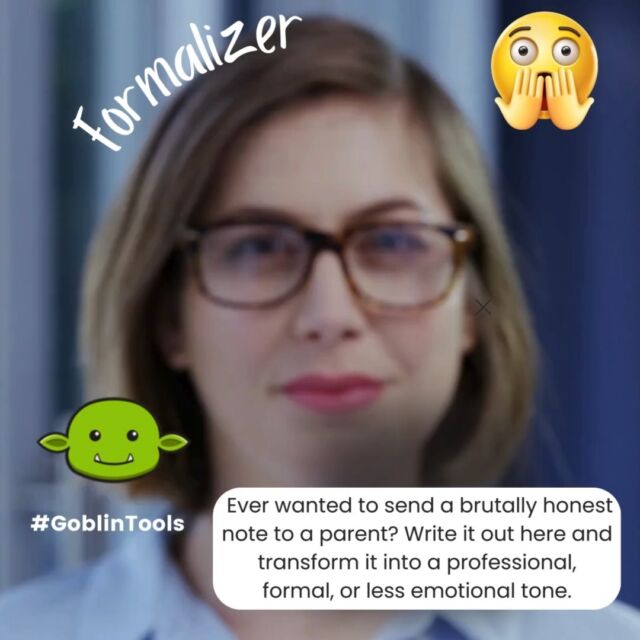
 Hey, amazing educators!
Hey, amazing educators! ![🌟 Hey, amazing educators! 🌟 Ready to kick off the school year with an engaging unit on rules and laws? 📚✨
We’ve picked some fantastic books to help your students understand why rules matter and how they shape our world. Check out these gems:
1️⃣ What If Everybody Did That? - Discover the hilarious and important reasons why rules matter.
2️⃣ Seven Rules You Absolutely Must Not Break If You Want to Survive the Cafeteria - Navigate the cafeteria with essential do's and don'ts.
3️⃣ A Bike Like Sergio's - Explore honesty and making the right choices.
4️⃣ Chairs on Strike - Learn about respecting classroom rules in a fun way.
5️⃣ Do Unto Otters: A Book About Manners - Embrace the Golden Rule with our otter friends.
🌟 Want more hands-on activities, vocabulary tips, and detailed descriptions of these books? Head over to our blog post for the full text set and loads of interactive teaching ideas! 🌟 [Link in bio]
💬 We’d love to hear your thoughts! Drop a comment below with your favorite book or share your own ideas on teaching rules and laws. Don’t forget to like and share this post with your fellow educators! Let’s make learning fun and meaningful together! 💖📖
#LiteracyAndLearning #RulesAndLaws #ElementaryEducation #BookRecommendations #ClassroomTips #EngagingLearning #StudentSuccess #TeacherResources](https://literaryfusions.com/wp-content/uploads/sb-instagram-feed-images/448980028_389914004085978_6215087207340322911_nfull.jpg)
 Exciting Book Review Alert!
Exciting Book Review Alert! ![📚 Exciting Book Review Alert! 📚
Hey there, book lovers and educators! 👋 We're thrilled to share a captivating book review that has us buzzing with inspiration. 🤩📖
📖 Book: "The Girl in the Red Skirt" by Lucy Cooley
📝 Review: [Link in Bio]
🌟 Rating: ⭐⭐⭐⭐⭐
In our pursuit of enhancing literacy and technology best practices in classrooms, we're always on the lookout for stories that ignite a love for reading and learning. "The Girl in the Red Skirt" is a must-read that masterfully combines the art of storytelling with an enchanting narrative.
📚 Review Highlights:
🔥 Gripping narrative that keeps you turning pages
🧠 Thought-provoking themes perfect for classroom discussions
💡 High level vocabulary
🙌 Empowering young minds through literacy
Swipe to catch a glimpse of the review or click the link in our bio to dive deeper into this literary gem. 📲💫
Educators, if you're looking for engaging material to inspire your students, this book is a fantastic addition to your reading list. 📚🍎
Let's transform the future of education together! 💡 If you're interested in our education consultancy services, feel free to reach out. We're here to help schools create enriching learning environments. 🏫👩🏫👨🏫
#LiteracyMatters #TechnologyInEducation #BookReview #EducationConsultants #ClassroomInnovation #TheGirlInTheRedSkirt #InspireLearning #ReadAndGrow #EducationForTheFuture](https://literaryfusions.com/wp-content/uploads/sb-instagram-feed-images/382394110_283049717946553_1109139895454642258_nfull.jpg)
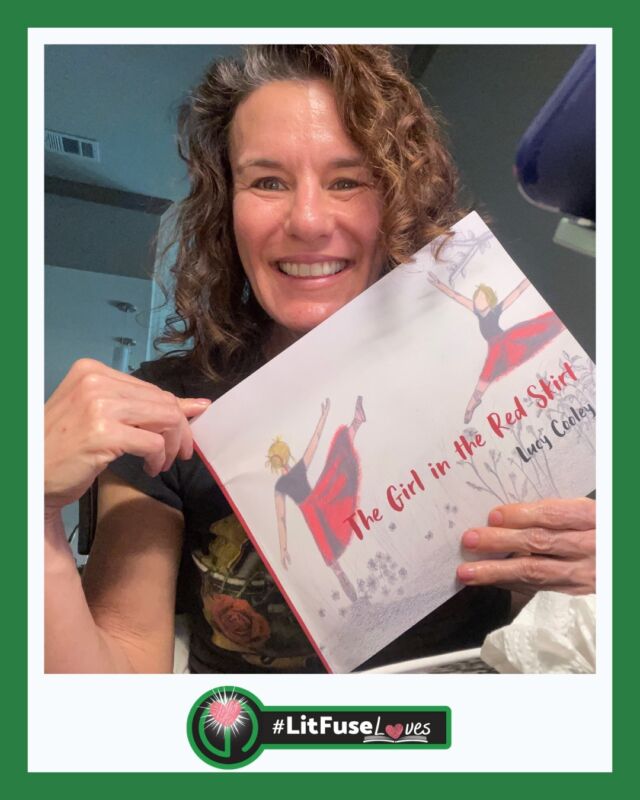

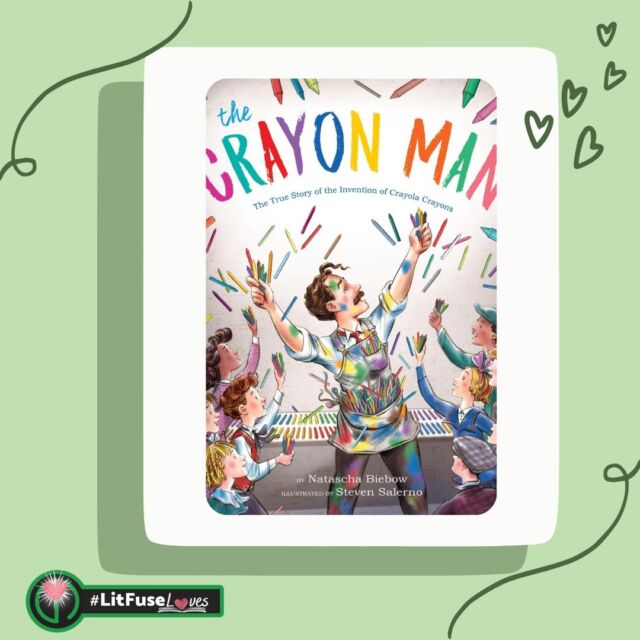





Leave a Reply